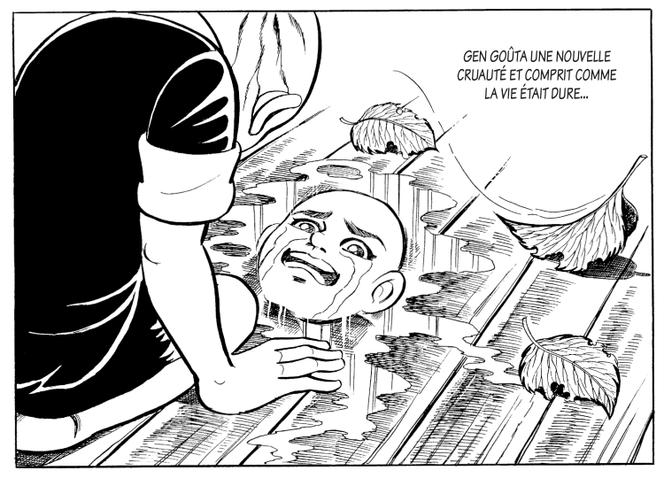A war masterpiece born in a teenage manga


Ashes, nothing but fine ashes. When, after the cremation of his mother, who died in 1966 in Hiroshima, Keiji Nakazawa noticed that there were no bones of Kimiyo left to place in the funeral urn, as tradition dictated, he became enraged by what he considered to be a consequence of the radiation. "I was furious that the bomb had taken even my mother's bones. During the entire train ride to Tokyo, I couldn't stop thinking about it," the manga artist told The Comics Journal in 2003.
He would draw this scene six years later, in Ore wa mita ("I saw it"), a short manga story in which Keiji Nakazawa recounts, for the first time, his experience as a survivor of the atomic bomb that struck Hiroshima on August 6, 1945. A few days after the explosion, with his older brother Yasuto, he, at just 6 years old, searched the rubble of their house to find the skeletal remains of their father, sister, and younger brother. They brought the skulls back to their mother, Kimiyo, so that she could mourn. His paper double, Barefoot Gen, the eponymous of the semi-autobiographical manga that made him famous, accomplishes the same process for his mother in volume 2.
You have 84.97% of this article left to read. The rest is reserved for subscribers.
Le Monde





